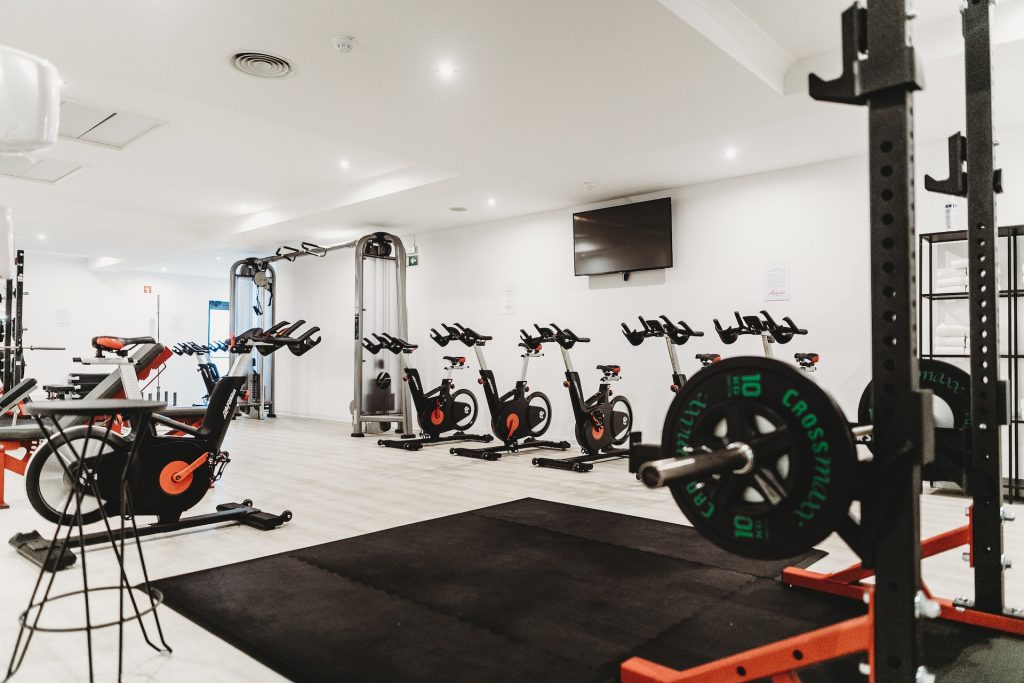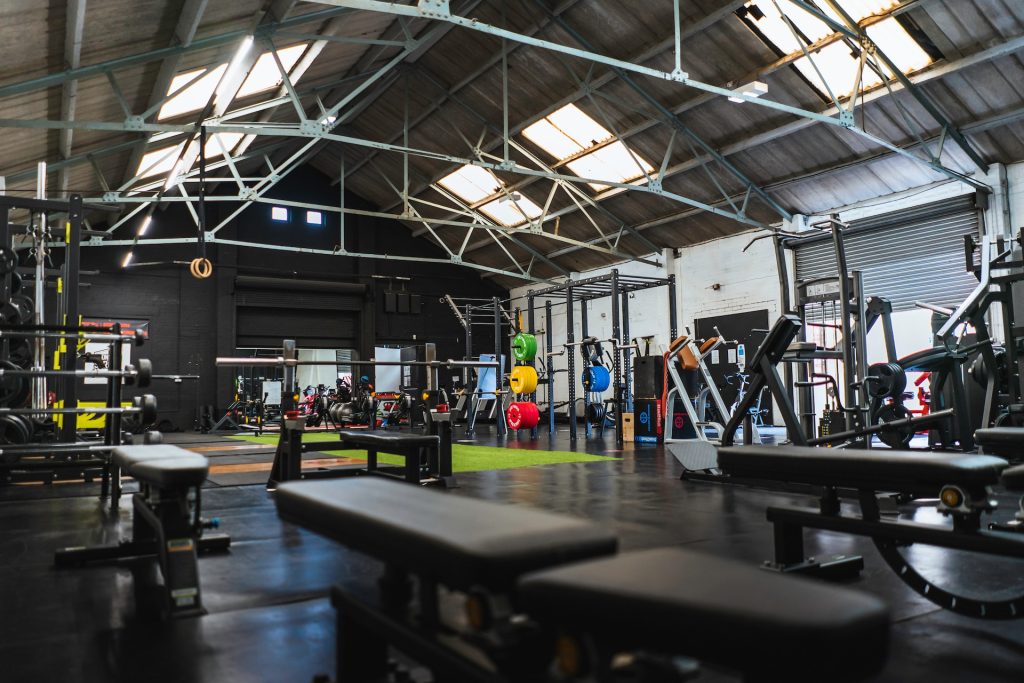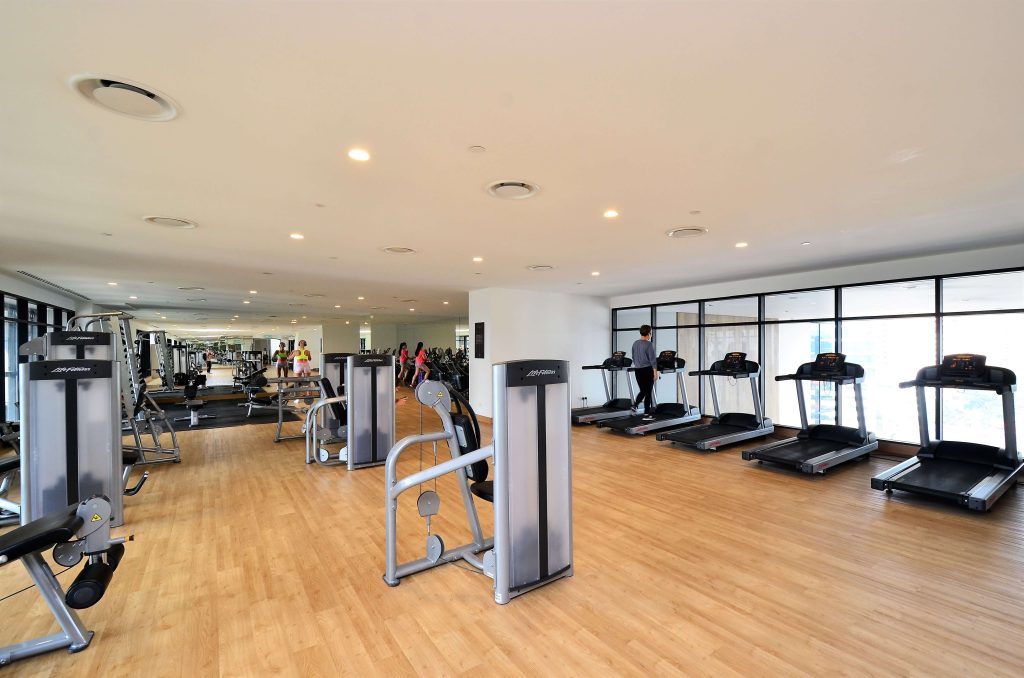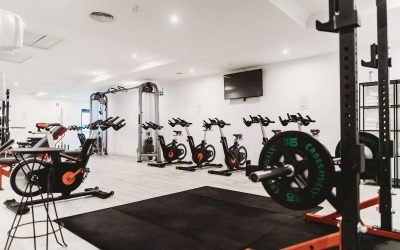There are over 7,000 health clubs operating across the UK, sharing over 10 million members between them. Gym and fitness franchises are becoming increasingly popular with investors wanting to benefit from a market that’s growing all around the world, and there are dozens of fitness franchises in the UK to choose from.
The vast majority of gym franchises in the UK are profitable, and only about 2% of gym franchises in the UK fail, which compares very favourably with starting your own non-franchised fitness centre. But how profitable are fitness franchises, what are the opening costs, and how do these profit margins differ between franchises?
In this article, we’ll take a deep dive into gym franchise profit margins and identify the most profitable fitness franchises in the UK today.
Is owning a gym or fitness franchise profitable?
According to a survey by the British Franchise Association conducted in 2018, 93% of gym franchises are profitable. But the profit margins of different franchises can vary significantly, as can the profits of individual gym franchise owners within a single brand.
One study estimates that the average revenue of a gym in the UK is £708,000 per year, which equates to £59,000 per month. But with profit margins ranging between 15% and 73%, the amount of this revenue that gym owners hold onto can vary massively from franchise to franchise.
The biggest gym and fitness centre revenue streams
Out of this total revenue, around 60 to 80% comes from gym membership fees. The rest of a gym’s revenue comes from other sources, including pay-as-you-go classes, product sales, and complementary services. Exactly how much money a fitness franchise makes from different revenue streams will depend entirely on the business model of the franchise and the spending habits of the gym’s members.
1. Gym Membership fees
It’s no surprise that the biggest revenue stream for most gyms and fitness centres is membership fees, but the way in which a franchise structures its membership fees can have a significant impact on revenue and profit.
Some examples of standard membership fees for gyms in the UK – although rates vary between individual gyms – are:
- PureGym: £14.99 per month
- Anytime Fitness: £39.99 per month
- Gold’s Gym: £29.99 per month
- Hybrid Fitness: £49.99 per month
- F45: Up to £210 per month
- Curves: £45 per month
- Snap Fitness: £25 per month
The huge variation in gym membership fees often reflects what’s included for members. Expensive gym memberships like those offered by F45 franchises will include a huge range of gym classes and training sessions, whereas a PureGym membership includes access to gym equipment and basic fitness classes.
2. Gym Membership upgrades
Some gym franchises offer members the opportunity to pay a higher monthly fee to benefit from upgraded membership status. This might mean that they can attend more weekly classes and group sessions or attend the gym during peak times.
Some examples of upgraded membership tiers in the UK include:
PureGym Plus: This allows members to attend multiple gyms, bring a friend, drink sports water, and book classes in advance.
Train Learn Go: At Train Learn Go, members pay a fixed monthly fee depending on the number of weekly personal training sessions they want.
Lots of gyms offer multiple membership tiers that allow members to pay more or less depending on the services they want, how much they want to use the gym, and how many additional perks they want to enjoy.
For example, at PureGym, more expensive memberships allow members to book classes further in advance, making it easy to secure a place in popular sessions.
Some gym franchises may also offer flexible payment options. For example, at Hybrid Fitness, members can either pay a recurring membership fee to enjoy unlimited gym access alongside a personal training package or buy individual credit packs that grant single-use gym access or fitness class attendance.
3. Product sales
Fitness franchise profit margins can also be relatively high on product sales within the gym. Lots of gym franchises supply and sell related products including protein bars and shakes, energy drinks, low-calorie snacks, training equipment, and meal plans.
While the sale of these items is often considered supplementary, such revenue streams can have a significant impact on a gym franchise’s average profit.
At Anytime Fitness, members can purchase discounted Grenade protein bars, Virgin experience days, and Gousto meal boxes. Curves members can get NIMBL percussion massagers and Brumate shakers cheaper, while Gold’s Gym sells its own branded protein bars and whey protein powders.
Many fitness franchise agreements will outline a requirement that franchisees must supply and sell branded products and amenities that the franchisor requires, and buying inventory to meet these conditions will cost franchisees money. Successfully promoting products to increase gym sales is an effective way to increase franchisees’ revenue and profits.
4. Complementary services
Many gym and fitness franchises in the UK offer complementary services including cafés and massage services, which can help to increase the total gym franchise profit of any centre. These additional services are not included in the price of the gym membership but instead offered as extra services for members that want to make use of them.
In some cases, gym and fitness franchise owners might pair up with local businesses to offer specialist services that they’re not equipped to offer independently. Technically, personal trainers are often hired on this basis, with most gym franchises not including personal training sessions in the standard cost of membership and taking a percentage of the personal trainer’s fees as revenue.
Some gym franchises may also encourage franchise owners to invest in the infrastructure to provide in-house complementary services, such as a café or refreshments zone. Cafés can significantly increase a gym franchise owner’s average salary, with most coffee shops enjoying a 75% profit margin on refreshments.
How to assess the profitability of a gym franchise
Investors should consider two questions before taking on a fitness franchise: how much profit will the franchise make and how long will it take to see a return on their initial investment?
1. How much of a gym franchise’s revenue is profit?
Most of the fitness franchise revenue that comes from membership fees, upgrades, and product sales will be spent on operational costs, including royalty fees, staff wages, and rent. Usually, only a relatively small amount of revenue is profit, with most gym franchises in the UK offering profit margins of 15-33%.
It’s important that potential investors calculate their expected fitness franchise profit margins before investing. Consider whether the profit margin you’ll make is enough to cover your living expenses and maintain your current lifestyle, as well as how long it will take you to make a return on your initial gym franchise investment.
For example, if you invest in a gym franchise and put up £300,000 of your own money to fund your new gym, it will take six years of earning £50,000 per year to make a return on this initial investment. However, franchisors running a successful franchise may also be able to sell their gym franchise for a profit after a number of years.
2. How long will it take to make a return on your investment?
As well as understanding how much profit they’ll make per year, prospective gym franchisees should always be aware of how long it could take to make back their initial investment in a fitness franchise. With fitness franchises in the UK often costing between £200,000 and £800,000 to open, the length of time it takes to make back this investment can really vary.
It’s important that franchisees ensure that they can make back their initial investment within the term of their gym franchise agreement, which is often five years. Usually, regardless of profit margins, gym franchises that require a higher initial investment will also make higher annual revenues and therefore higher total profits per year to enable investors to make a positive ROI within the franchise agreement term.
Published ROI figures show that Gold’s Gym franchisees – who invest upwards of £800,000 in their franchises – are expected to make a return on their investment within 24 to 30 months, while Anytime Fitness franchise owners take an average of 8.2 years to make a return.
This range demonstrates that the amount of money you’re required to invest in a gym franchise doesn’t always align with the time it takes to make a return on your investment. Efficient, successful gym and fitness franchises enable their franchisees to make fast returns even if their initial investment is very high.
The most profitable gym franchises in the UK
The most profitable gym franchises are those franchises that manage to offer their franchisees a high profit margin regardless of the initial investment they make.
The best way to assess fitness franchise profit margins is to consider the EBITDA of a franchise, or the Earnings Before Interest, Taxes, Depreciation and Amortisation represented as a percentage of gross revenue.
Below is a list of the gym franchise profit margins of major UK gym franchises, ordered from most to least profitable:
- Train Learn Go: 73%
- The Little Gym: 33%
- F45: 33%
- UFC Gym: 30%
- Orangetheory: 25%
- Snap Fitness: 24%
- Gold’s Gym: 21%
- Anytime Fitness: 15%
At the very top of the list is the gym franchise with the highest average profit margin, Train Learn Go. Train Learn Go boast extremely high-profit margins in part because the running costs of the franchise are so low, with franchise owners hiring personal trainers to travel to clients’ homes and offer convenient, mobile personal training sessions at home.
It’s also important to note that while Anytime Fitness offers the lowest profit margin of all the listed gym franchises, it remains extremely popular with investors. This is likely because Anytime Fitness is one of the most popular and recognisable fitness brands in the world, and franchisees are taking on a lower amount of risk when they invest in such a solid brand.
Conclusion: Is owning a gym
or fitness franchise profitable?

It’s clear that owning a gym franchise in the UK is profitable, with the vast majority of gym franchises turning a profit annually. The average profit of a gym owner is around £50,000 per year, but owners of high-end, specialist gyms with high revenues and profit margins can make more than this.
However, investors interested in starting a gym franchise should also take into consideration the huge initial investment that they will have to make to launch a franchise gym.
Investors are recommended to make sure that they can make a return on their investment within the duration of the initial franchise term as set out in the franchise contract. If a significant number of gym investors do not make a return within this period, investors must accept that they risk not making any investment returns at all.
FAQs
If you would like to know more about gym franchise average profits in the UK and whether or not owning a fitness franchise is profitable, read answers to our most frequently asked questions.
1. Is owning a fitness franchise profitable?
Most of the time, yes. 93% of gym franchises in the UK make a profit, which compares very favourably with the profitability of non-franchise gyms in the UK. However, the amount of profit you make from your fitness franchise will depend on your success as a franchise owner and the franchise that you choose to invest in.
2. How much money does a gym or fitness franchise owner make?
The average gym franchise owner’s salary in the UK is £44,000. Some gym owners will make significantly more than this, and others less. If you want to know how much money a gym or fitness franchise owner makes from a specific franchise, you should ask for average franchise profit data from the franchisor you want to work with.
3. Which are the most profitable fitness franchises in the UK?
The most profitable fitness franchise in the UK is Train Learn Go, with other profitable franchises including The Little Gym and F45, both of which share an average profit margin of 33%. However, the business models of these gym franchises may not be right for every investor so it’s important to do your research to make sure that your chosen fitness franchise aligns with your business goals before you invest.
4. What questions about fitness franchise profit should I ask?
If you’re meeting with a franchise representative, ask these questions to find out more about how much gym franchise profit you can expect to make:
1. When will I make a return on my investment?
2. What percentage of gym owners make a return on their franchise investment within the initial franchise term?
3. Why is owning a fitness franchise by [brand] profitable as compared with other fitness franchises?
4. What is the gym franchise owner’s average profit at [brand]?
5. What is the profit margin range of different [brand] locations?









